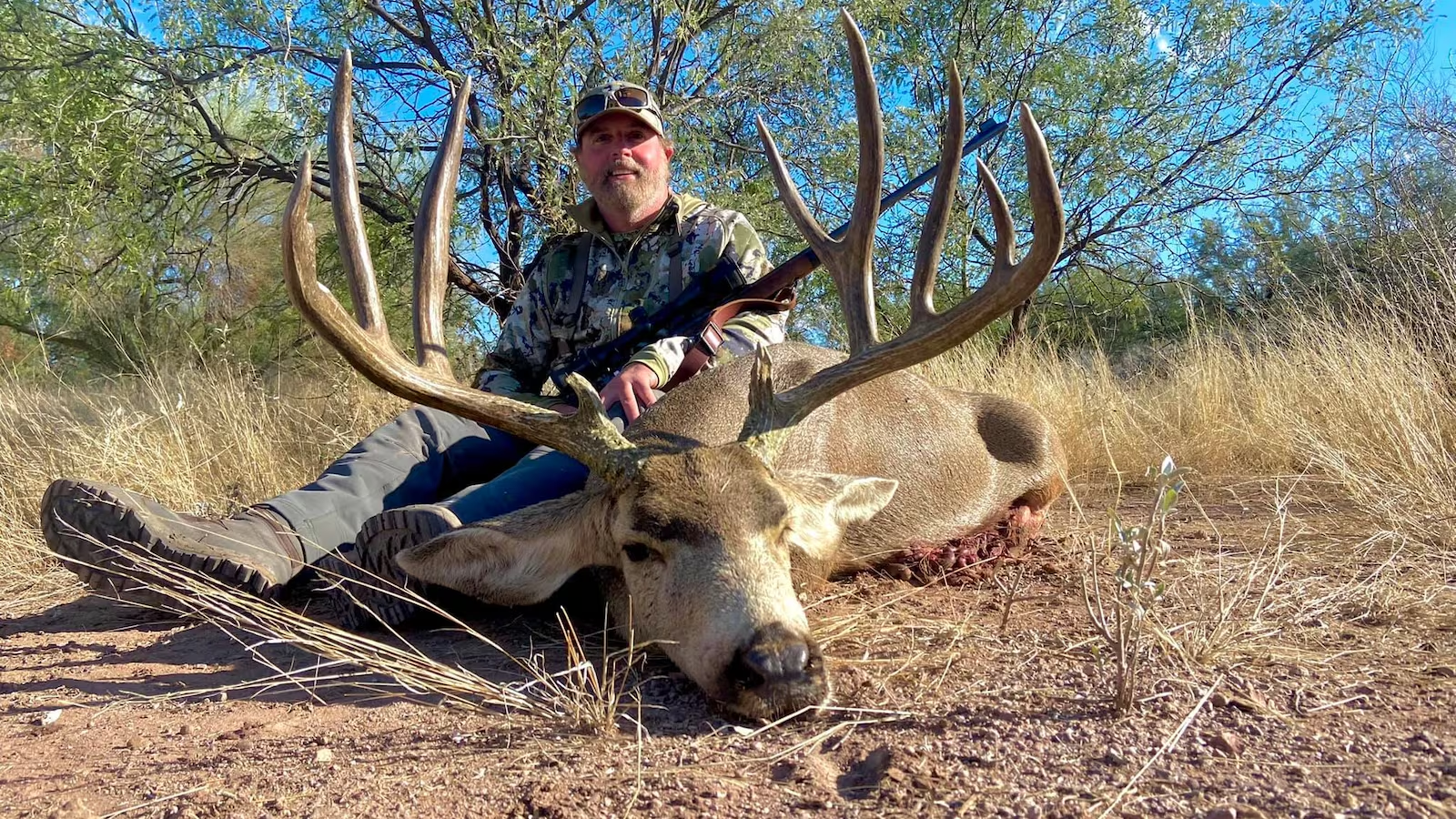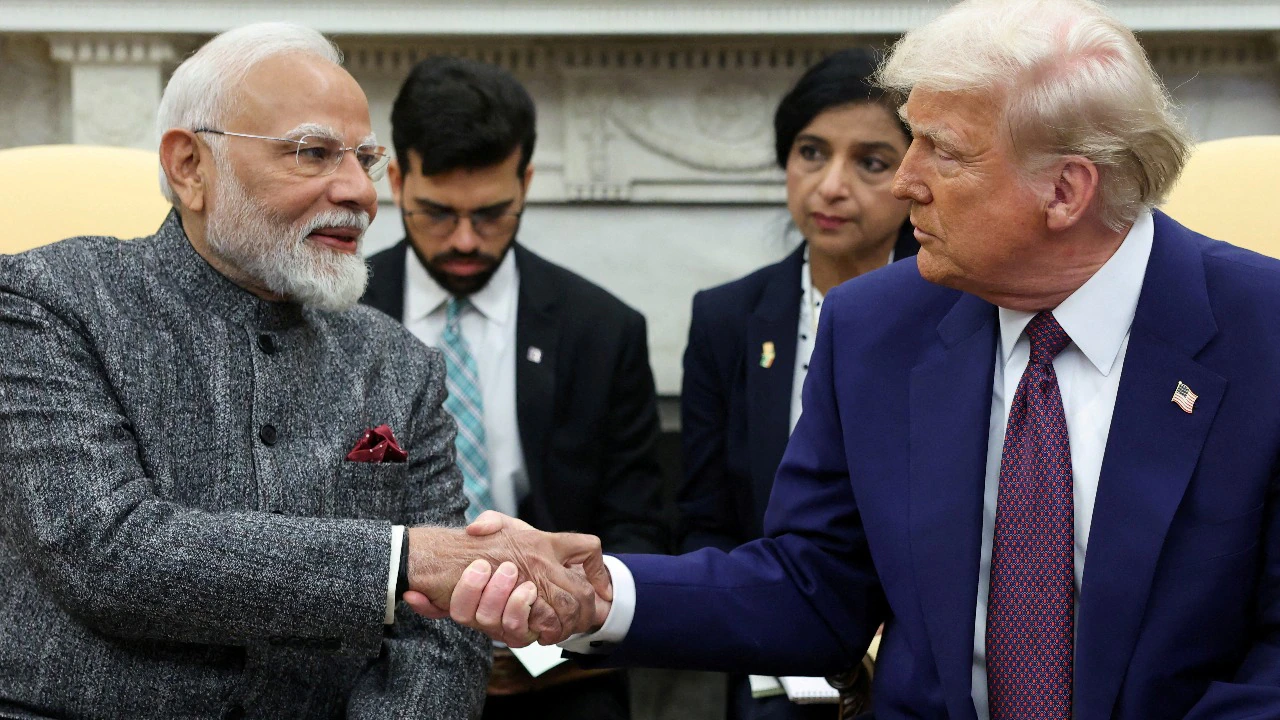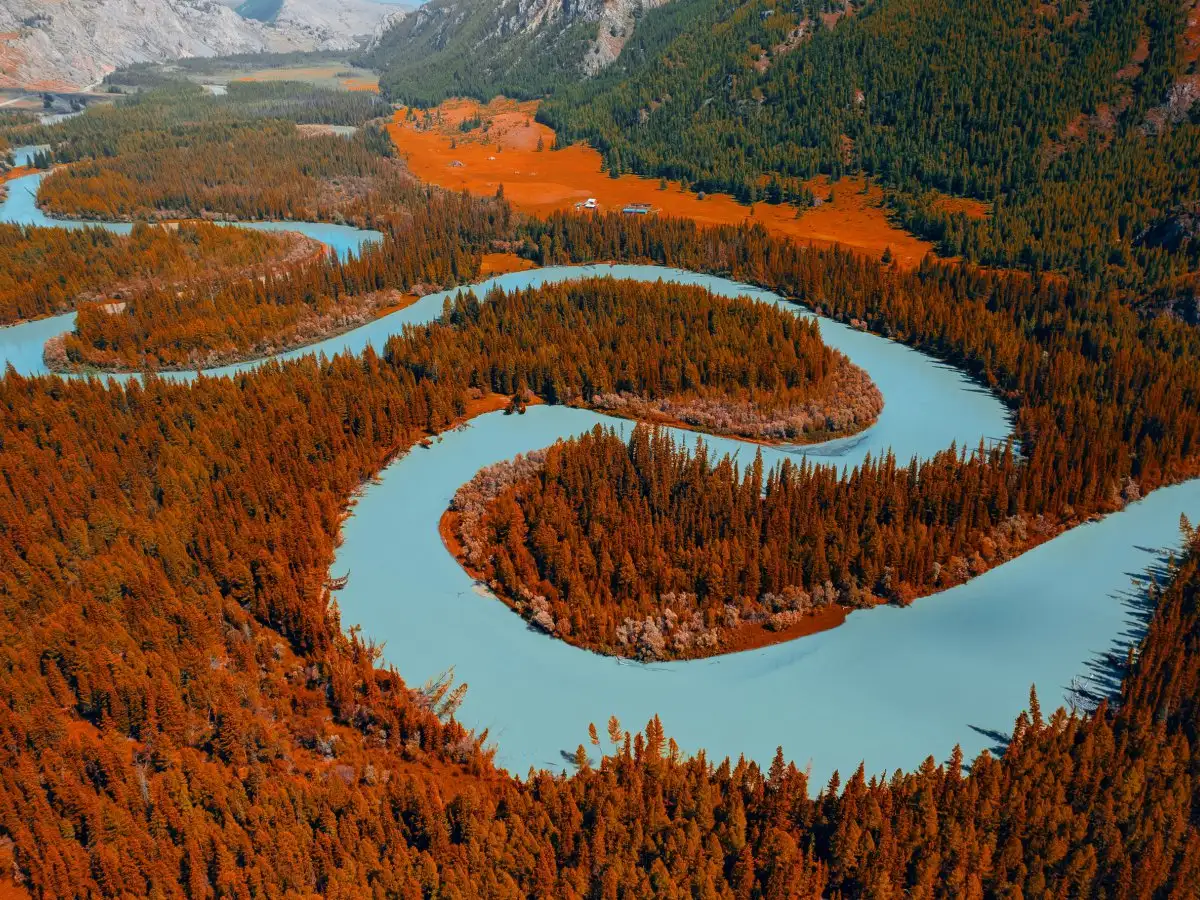
The African safari, renowned for its breathtaking landscapes and majestic wildlife, has long been a symbol of adventure and danger. While many enthusiasts venture into these vast territories seeking thrill and exclusive trophies, the risks involved are profound and sometimes fatal. Recently, a high-profile case has cast a somber shadow over the hunting community — the death of a wealthy trophy hunter who became the unfortunate victim of a lethal encounter with a formidable buffalo. This incident underscores the unpredictability of wildlife encounters, especially at the most extreme levels of big game hunting.
Details of the Incident: A Hunter’s Final Hunt
According to recent reports from the Hindustan Times, a millionaire trophy hunter was killed while pursuing a prized specimen of the so-called ‘Black Death’ buffalo, a notorious and aggressive subspecies known for its tremendous power and unpredictability. The hunter, whose identity has been kept private, was engaged in a trophy hunting expedition when tragedy struck. The buffalo, which weighed approximately 1.3 tonnes, charged and fatally gored the hunter, ending his life abruptly amidst the wilderness he was attempting to conquer.
The incident is a stark reminder of the dangers faced by hunters in the wild, especially when confronting large and unpredictable animals. Despite modern training, equipment, and extensive experience, nature often proves unpredictable, and even the most seasoned hunters can fall prey to the very animals they seek to hunt. The ‘Black Death’ buffalo, with its menacing reputation, exemplifies this risk, embodying the deadly power present in Africa’s most formidable wildlife.
The Fury of the ‘Black Death’: Why This Buffalo Is So Lethal
The term ‘Black Death’ is not just a nickname but a reflection of the animal’s reputation among hunters and wildlife enthusiasts. It is recognized for its ferocity, robustness, and formidable horns capable of inflicting catastrophic injuries. Known to be particularly aggressive when provoked or cornered, these buffaloes have been involved in numerous fatal encounters over the years.
This particular incident demonstrated just how deadly such animals can be, especially when human pursuits — like trophy hunting — push them into defensive or aggressive states. The buffalo’s charge was swift and decisive, leaving no room for escape or delayed reaction. This tragic outcome amplified ongoing discussions about the ethical considerations surrounding trophy hunting, especially of such dangerous specimens.
Legal and Ethical Aspects of Trophy Hunting
Trophy hunting remains a controversial topic globally, with critics condemning it for its impacts on wildlife conservation and animal rights, while supporters argue it funds conservation efforts and local economies. The death of this affluent hunter has reignited debates about the safety, ethics, and sustainability of hunting dangerous game animals.
Proponents of trophy hunting often point out that it can be managed sustainably and that the funds generated help protect habitats and species. Conversely, opponents argue that no trophy can justify risking human life or the well-being of iconic wildlife species. High-profile cases like this underscore the importance of strict safety protocols, ethical considerations, and perhaps the need to review endangered or particularly dangerous animals targeted for hunting.
Wildlife Conservation and the Role of Hunting
While seen by many as a reckless pursuit, trophy hunting can contribute to conservation if regulated properly. Revenue generated from permits often supports anti-poaching efforts, habitat restoration, and local community development. However, incidents like the goring death of a hunter by a ‘Black Death’ buffalo highlight the potential dangers involved, especially when dealing with the most dangerous and resilient creatures in Africa.
It is imperative that wildlife authorities, hunting organizations, and ethical hunters work together to develop comprehensive safety standards. Education about animal behavior, the importance of respecting wildlife boundaries, and understanding the specific traits of aggressive species are vital in preventing such tragedies.
The Broader Impact: Public Perception and Safety
This unfortunate event has attracted considerable media attention, fueling public concern about the safety of trophy hunting. Many wonder whether the risks are worth the prestige or financial gain, especially when human lives are on the line. The incident has led to calls for stricter regulations and possibly banning hunting of certain dangerous animals altogether.
Moreover, it raises questions about operator oversight, the qualifications of guides, and the adequacy of safety measures. It is vital that hunting companies, especially those catering to wealthy clients, prioritize human safety alongside conservation and ethical standards. Such tragedies underscore that no amount of wealth or experience can fully eliminate the dangers posed by Africa’s wild animals.
Conclusion: Remembering the Hunter and Reflecting on the Risks
The death of this millionaire hunter is a stark reminder of the perilous nature of big game hunting, particularly when confronting some of Africa’s most aggressive species like the ‘Black Death’ buffalo. As the world debates the ethics and safety of trophy hunting, it is essential to remember that the wilderness’s unpredictability remains a constant threat, regardless of experience or preparation.
While hunting can contribute to conservation, it must be balanced with ethical considerations, stringent safety protocols, and respect for wildlife. This tragic incident invites reflection on our relationship with nature and underscores the importance of prioritizing safety and conservation over hubris and the pursuit of trophy fame.
Final Thoughts
As debates around big game hunting continue, tragic stories such as this serve as poignant lessons. No trophy is worth risking one’s life, and the wild animals of Africa deserve our respect and protection, not just for their beauty but for their formidable power and resilience.
For more updated news please keep visiting Prime News World.








